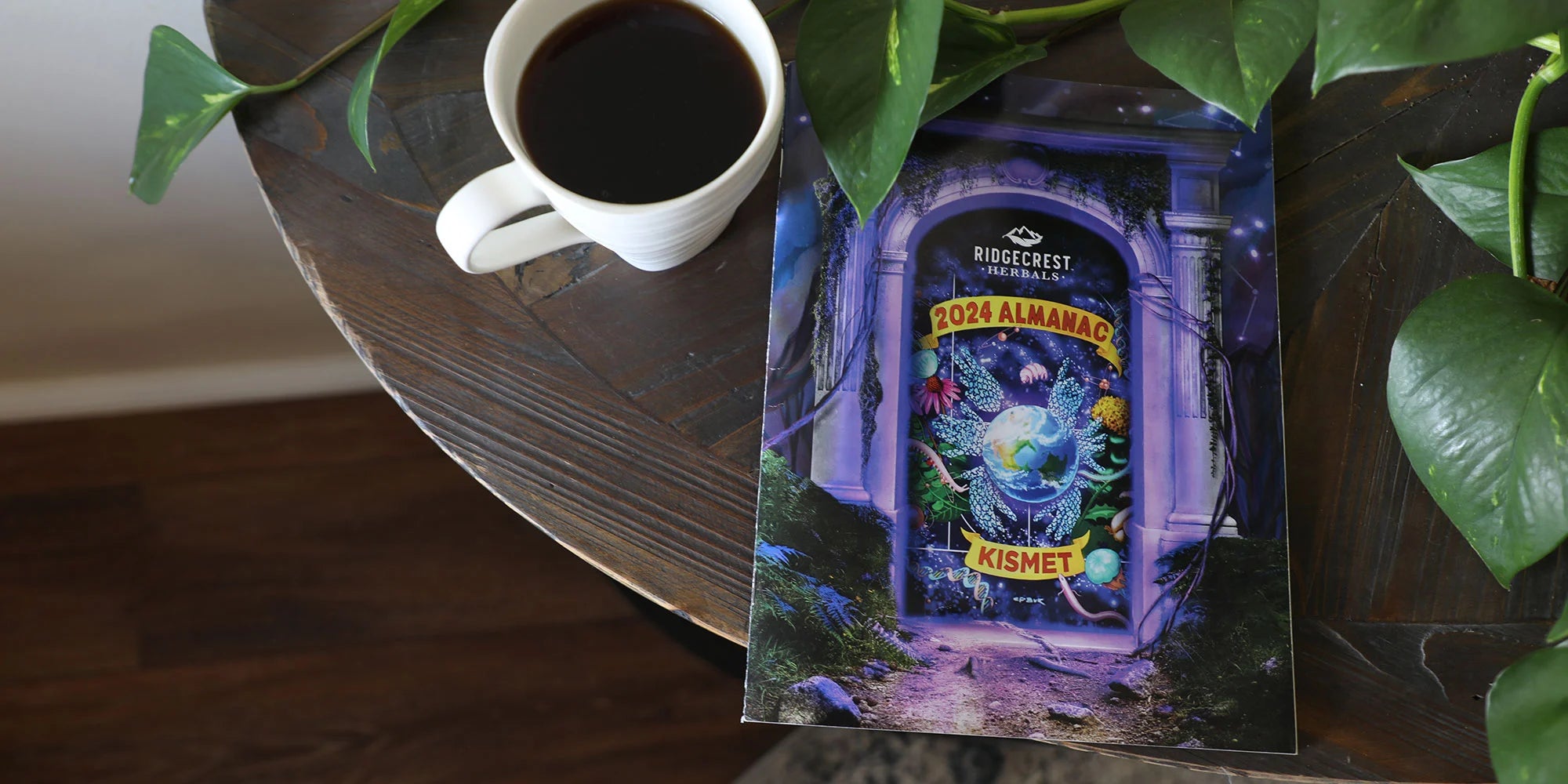Companion Planting:
Did you know that plants have best friends? The right combination of companion plants aid pest control, pollination, provide habitat for beneficial insects, maximize space, and increase productivity. The reverse is also true. A Native American technique called the three sisters encourages growing corn, beans, and squash together. Sunflowers are good companions to most crops (except pole beans and potatoes) as they provide shade, support, attract pollinators, and draw aphids away from more delicate plants.
Plant friends and foes:
Tomatoes:
Friend - basil, marigold, asparagus, carrots, celery, onion family, lettuce, parsley, spinach.
Foe - cabbage, beets, peas, fennel, dill, rosemary potatoes.
Peppers:
Friend - basil, onions, spinach, tomatoes.
Foe - beans.
Cucumbers:
Friend - marigolds, nasturtiums, beans, celery, corn, lettuce, dill, peas, radishes, sunflowers.
Foe - aromatic herbs such as sage.
Onions:
Friend - carrots, beets, cabbage, lettuce, parsnips, tomatoes, marjoram, savory, rosemary.
Foe - asparagus, beans, peas.
Lettuce:
Friend - mint, chives, garlic, beans, beets, broccoli, carrots, peas, radishes, marigolds.
Foe - parsley.
Zucchini/Summer Squash:
Friend - corn, beans, peas, radishes, dill, marigolds, sunflowers.
Foe - potatoes.
Carrots:
Friend - tomatoes, leeks, rosemary, sage, chives.
Foe - coriander, dill, parsnips.
When to plant - Melissa
The ideal time to plant specific items in your garden depends on your particular planting zone and the individual plants. Most states have a university that has an extension service for home gardeners to find specialized information for your region. Check the seed packets for instructions on plant times. You can also buy soil thermometers or use a meat thermometer to measure the soil to ensure the soil is warm enough to plant. If all else fails, I follow a couple of simple rules. 1. If it is warm enough for weeds to start growing in the ground, it is warm enough to plant in the ground, and 2. I wait for Mother’s day to plant my containers, as there is little chance of frost and a high chance of someone buying me plants.
Preparing the Space - Abbie
Preparing the Space:
There is a debate on whether you should or should not till your earth before planting, but because constant gardening can deplete your soil nutrient content, adding leaf mulch can be a good boost. If you rake leaves in the fall, set aside a couple of bags over the winter that you occasionally turn to mix the contents inside. In the spring, empty the bag onto your soil and mix it in. Performing a soil pH test can also help you to know what to add to bring your soil to a beneficial range.
How to plant - Abbie
If you've started seeds indoors in early spring or purchased starter plants at your local nursery, here are some great things to throw in the planting holes with them: A tablespoon or two of bone meal will give a excellent phosphorus boost, one cup of cut-up banana peels provide potassium, and one raw, cracked organic egg offers a calcium boost. Once these ingredients are in the hole, cover with 1/2 to 1 inch of soil, and add your plant. Create a well ring of soil around the plant about 6 inches out, and give the plant a proper watering - the well will keep the water where it counts, seeping into the roots. You can also cover the well soil with crushed eggshells to keep slugs and weeds down, as well as add calcium to your plant over time.



